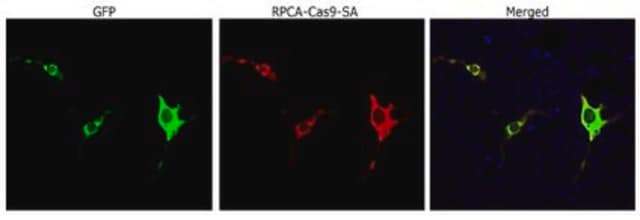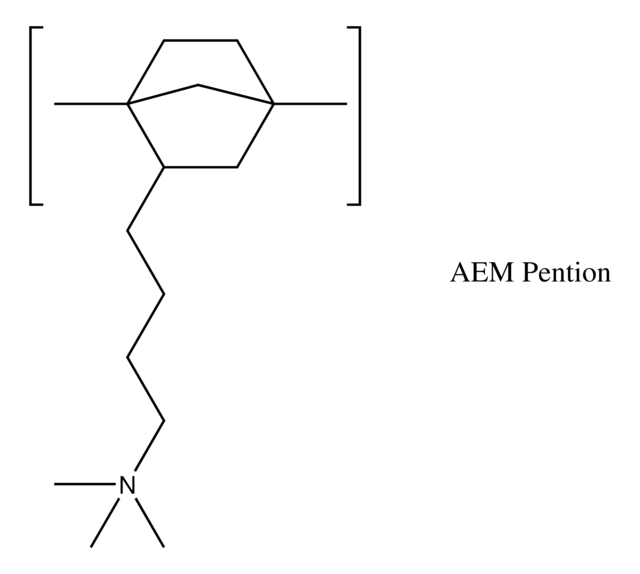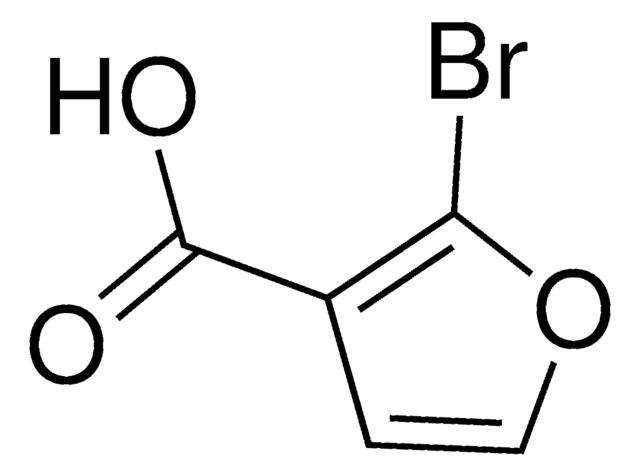AMAB91409
Monoclonal Anti-TBX19 antibody produced in mouse
Prestige Antibodies® Powered by Atlas Antibodies, clone CL6251, purified immunoglobulin, buffered aqueous glycerol solution
Synonyme(s) :
TPIT, dj747L4.1
About This Item
Produits recommandés
Conjugué
unconjugated
Niveau de qualité
Forme d'anticorps
purified immunoglobulin
Type de produit anticorps
primary antibodies
Clone
CL6251, monoclonal
Gamme de produits
Prestige Antibodies® Powered by Atlas Antibodies
Forme
buffered aqueous glycerol solution
Espèces réactives
human
Technique(s)
immunohistochemistry: 1:1000-1:2500
Isotype
IgG1
Numéro d'accès Ensembl | humain
Numéro d'accès UniProt
Conditions d'expédition
wet ice
Température de stockage
−20°C
Modification post-traductionnelle de la cible
unmodified
Informations sur le gène
human ... TBX19(9095)
Catégories apparentées
Immunogène
Sequence
EVHASTPGAFLLGNPAVTSPPSVLSTQAPTSAGVEVLGEPSLTSIAVSTWTAVASHPFAGWGGPGAGGHHSPSSLDG
Epitope
Binds to an epitope located within the peptide sequence VLGEPSLTSIAVSTW as determined by overlapping synthetic peptides.
Application
Caractéristiques et avantages
Every Prestige Antibody is tested in the following ways:
- IHC tissue array of 44 normal human tissues and 20 of the most common cancer type tissues.
- Protein array of 364 human recombinant protein fragments.
Liaison
Forme physique
Informations légales
Not finding the right product?
Try our Outil de sélection de produits.
Code de la classe de stockage
10 - Combustible liquids
Classe de danger pour l'eau (WGK)
WGK 1
Certificats d'analyse (COA)
Recherchez un Certificats d'analyse (COA) en saisissant le numéro de lot du produit. Les numéros de lot figurent sur l'étiquette du produit après les mots "Lot" ou "Batch".
Déjà en possession de ce produit ?
Retrouvez la documentation relative aux produits que vous avez récemment achetés dans la Bibliothèque de documents.
Notre équipe de scientifiques dispose d'une expérience dans tous les secteurs de la recherche, notamment en sciences de la vie, science des matériaux, synthèse chimique, chromatographie, analyse et dans de nombreux autres domaines..
Contacter notre Service technique








